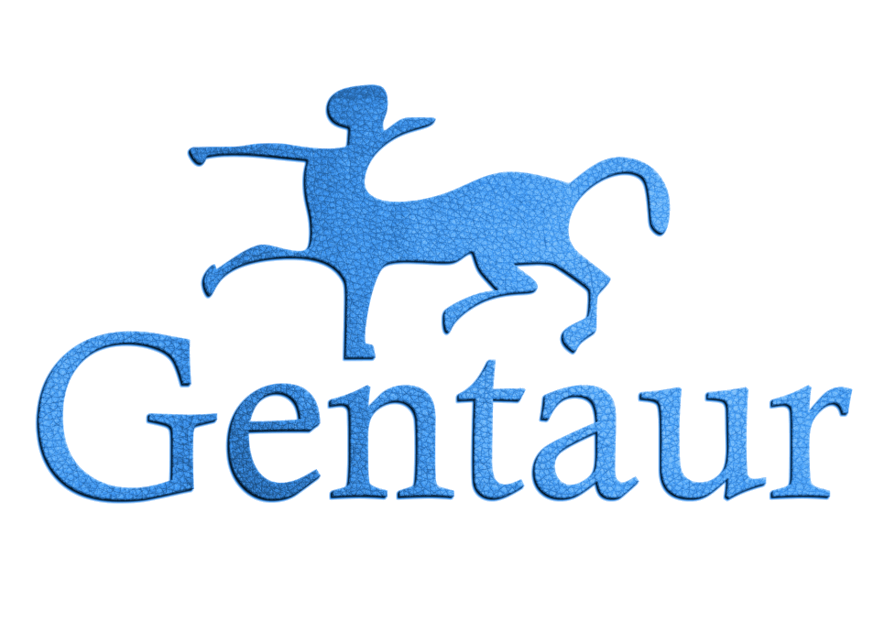Recombinant Drosophila melanogaster Negative elongation factor B (NELF-B), partial
-
Catalog numberMBS1288610
-
PricePlease ask
-
SizeInquire
-
-
Other sizeplease contact us to order other different size
-
DescriptionAplha, transcription related growth factors and stimulating factors or repressing nuclear factors are complex subunits of proteins involved in cell differentiation. Complex subunit associated factors are involved in hybridoma growth, Eosinohils, eritroid proliferation and derived from promotor binding stimulating subunits on the DNA binding complex. NFKB 105 subunit for example is a polypetide gene enhancer of genes in B cells. Negative control peptides or isotypes available of the different species.
-
SourceRecombinants or rec. proteins
-
Grouprecombinants
-
Gene target
-
Gene symbolNELFB, NSMF, NELFCD, NELFA, SNRPB, ORM2, ERAL1, OR1B1, SPIB, EXPH5
-
Short nameRecombinant melanogaster Negative elongation factor B (NELF-B), partial
-
TechniqueRecombinant, Negative, negatif, E. coli recombinant proteins are genetic recombinations in Escherichia coli, supplied as white sterile powder lyopillized. MyBioSource advises they will be reconstituted in a buffer soluion or culture medium for cell culture.
-
SpeciesDrosophila, Drosophila subspecies d. Megalonaster or the fruit fly is used in genetic research because of the short life cycle and the possibility of knock-out and knock-ins with Cas9 for ends-in gene targets like CRISPR.Cas9 and TALEN vectors . Drosophilas
-
Alternative nameRec. Drosophila melanogaster Negative elongation factor B (NELF-B), partial
-
Alternative techniquerec, controls
-
Gene info
-
Identity
-
Gene
-
Long gene namenegative elongation factor complex member B
-
Synonyms gene
-
Synonyms gene name
- cofactor of BRCA1
-
Synonyms
-
GenBank acession
-
Locus
-
Discovery year2008-02-21
-
Entrez gene record
-
Pubmed identfication
-
RefSeq identity
-
Classification
- Negative elongation factor complex members
-
VEGA ID
Gene info
-
Identity
-
Gene
-
Long gene nameNMDA receptor synaptonuclear signaling and neuronal migration factor
-
Synonyms gene
-
Synonyms gene name
- nasal embryonic LHRH factor
-
Locus
-
Discovery year2004-03-25
-
Entrez gene record
-
Pubmed identfication
-
RefSeq identity
-
Classification
- MicroRNA protein coding host genes
-
VEGA ID
Gene info
-
Identity
-
Gene
-
Long gene namenegative elongation factor complex member C/D
-
Synonyms gene
-
Synonyms gene name
- TH1-like (Drosophila homolog)
- TH1-like (Drosophila)
-
Synonyms
-
Synonyms name
-
GenBank acession
-
Locus
-
Discovery year2001-07-31
-
Entrez gene record
-
Pubmed identfication
-
RefSeq identity
-
Classification
- Armadillo like helical domain containing
- Negative elongation factor complex members
-
VEGA ID
Gene info
-
Identity
-
Gene
-
Long gene namenegative elongation factor complex member A
-
Synonyms gene
-
Synonyms gene name
- Wolf-Hirschhorn syndrome candidate 2
-
Synonyms
-
GenBank acession
-
Locus
-
Discovery year1998-07-24
-
Entrez gene record
-
Pubmed identfication
-
RefSeq identity
-
Classification
- Negative elongation factor complex members
- MicroRNA protein coding host genes
-
VEGA ID
Gene info
-
Identity
-
Gene
-
Long gene namesmall nuclear ribonucleoprotein polypeptides B and B1
-
Synonyms gene
-
Synonyms
-
Locus
-
Discovery year1988-11-28
-
Entrez gene record
-
Pubmed identfication
-
Classification
- Small nucleolar RNA protein coding host genes
- Sm spliceosomal proteins
-
VEGA ID
Gene info
-
Identity
-
Gene
-
Long gene nameorosomucoid 2
-
Synonyms
-
Synonyms name
-
Locus
-
Discovery year1991-03-11
-
Entrez gene record
-
Pubmed identfication
-
RefSeq identity
-
Classification
- Lipocalins
-
VEGA ID
Gene info
-
Identity
-
Gene
-
Long gene nameEra like 12S mitochondrial rRNA chaperone 1
-
Synonyms gene name
- Era (E. coli G-protein homolog)-like 1
- Era G-protein-like 1 (E. coli)
- Era-like 12S mitochondrial rRNA chaperone 1
-
Synonyms
-
GenBank acession
-
Locus
-
Discovery year1999-11-19
-
Entrez gene record
-
Pubmed identfication
-
VEGA ID
Gene info
-
Identity
-
Gene
-
Long gene nameolfactory receptor family 1 subfamily B member 1
-
Synonyms gene name
- olfactory receptor, family 1, subfamily B, member 1 (gene/pseudogene)
- olfactory receptor family 1 subfamily B member 1 (gene/pseudogene)
-
Synonyms
-
GenBank acession
-
Locus
-
Discovery year1999-12-09
-
Entrez gene record
-
RefSeq identity
-
Classification
- Olfactory receptors, family 1
-
VEGA ID
Gene info
-
Identity
-
Gene
-
Long gene nameSpi-B transcription factor
-
Synonyms gene name
- Spi-B transcription factor (Spi-1/PU.1 related)
-
Synonyms
-
Locus
-
Discovery year1994-12-15
-
Entrez gene record
-
Pubmed identfication
-
RefSeq identity
-
Classification
- ETS transcription factor family
-
VEGA ID
Gene info
-
Identity
-
Gene
-
Long gene nameexophilin 5
-
Synonyms
-
Synonyms name
-
Locus
-
Discovery year2005-10-04
-
Entrez gene record
-
Pubmed identfication
-
RefSeq identity
-
VEGA ID
MeSH Data
-
Name
-
ConceptScope note: The technique of washing tissue specimens with a concentrated solution of a heavy metal salt and letting it dry. The specimen will be covered with a very thin layer of the metal salt, being excluded in areas where an adsorbed macromolecule is present. The macromolecules allow electrons from the beam of an electron microscope to pass much more readily than the heavy metal; thus, a reversed or negative image of the molecule is created.
-
Tree numbers
- E01.370.225.500.620.670.520
- E01.370.225.750.600.670.520
- E05.200.500.620.670.520
- E05.200.750.600.670.520
-
Qualifiersethics, trends, veterinary, history, classification, economics, instrumentation, methods, standards, statistics & numerical data

